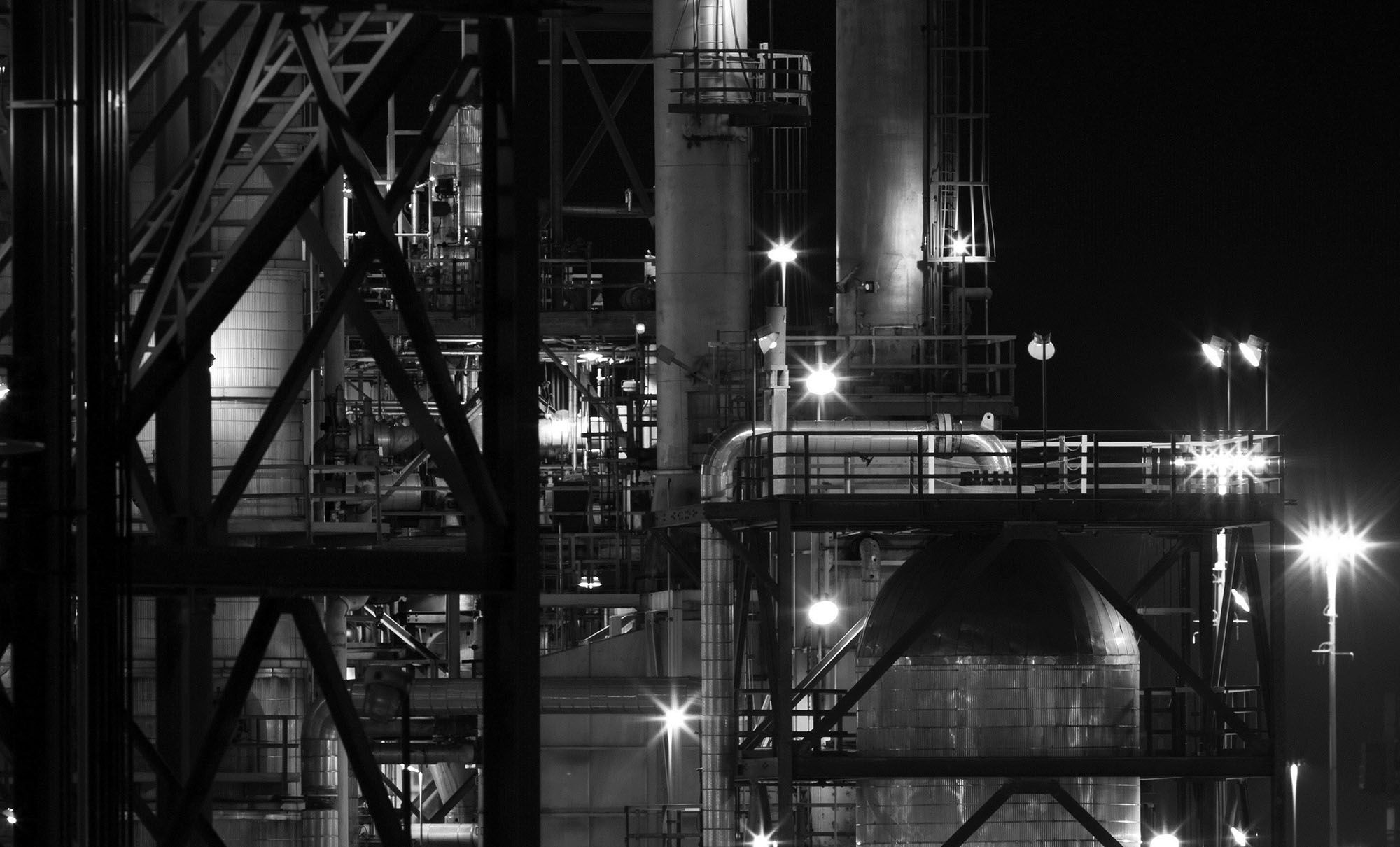At a Long Island, New York, construction site, a worker taking debris to a dumpster stepped into a two-foot depression. His back was injured from the resulting fall. Inadequate lighting was determined as the cause of the accident.
A lawsuit against the construction company followed. It was determined that the company violated New York labor law concerning adequate lighting.
The result? The injured worker walked away with a $440,000 settlement. And the construction company walked away with additional fines for labor law infractions.
In the UK, a rigging worker at a power station experienced a similar accident. He turned his foot performing routine work during the night shift, dislocating his left ankle. Poor lighting was determined to be the cause of the accident. As a result of the investigation, the employer admitted liability and settled out of court for a six-figure sum.
In the industrial environment, employers face not only lawsuit costs, but regulatory fines as well. Many regulatory bodies, such as OSHA, have adopted tougher stances against safety violations. This includes the possibility of compounded fines for repeated offences. Infractions of the same regulation in several locations during one inspection tour can also increase the base fines.
The Potential Hazards of Poor or Damaged Lighting
Inadequate lighting can affect productivity and is often a compliance violation. However, there are also related issues:
- Worker health
- Worksite safety
In both categories, the employee’s well-being is affected by the lighting conditions. Additionally, the quality and proper maintenance of facility lighting affects the employer’s liability. In the first example above, to the tune of almost a half-million dollars.
Lighting and Worker Health and Safety
Lighting is so important for worker health and safety that many countries have regulations governing the amount of light required.
In the United States, the Occupational Safety and Health Administration or OSHA governs these regulations. In the Code of Federal Regulations, these requirements are spelled out in 29 CFR 1926.56. For example, general construction plants and shops must maintain a minimum of 10 foot-candles or approximately 100 lux in work areas. First aid stations must maintain 30 foot-candles or a little above 300 lux.
There are several reasons for these minimum levels. The reduction of eyestrain and its accompanying muscle fatigue is just one. Studies have shown a reduction in workplace accidents when lighting levels are increased.
For example, in the metal industry, a 52% reduction in accidents was attained by raising the lighting levels from 300 lux to 2,000 lux (27 foot-candles to 186 foot-candles) for general tasks.
Difficult visual tasks saw a 50% accident reduction by increasing the levels from 500 lux (46 foot-candles) to between 1,600 and 2,500 lux (148 to 232 foot-candles).
Even if existing lighting is adequate, maintenance is required. When lamps fail, they should be repaired or replaced as soon as possible. One failed luminaire contributes significantly to reduced illumination. Dark spots, particularly in stairwells and on exterior platforms and catwalks, create shadows and blind spots. Hazardous conditions, such as holes, pathway obstructions and damaged structure can lead to slips, trips and falls.
Therefore, a plan must be formulated to expedite lighting repairs, including securing the equipment necessary to perform the repairs. Lighting installations in elevated, hazardous locations, require specialized access equipment.
Alternatively, lowering systems that allow light fixtures to be lowered to the worker without the need for lifts and scaffolding can be retrofitted for safe and easy access.
Conclusion
As has been illustrated, broken or burned out fixtures, and inadequate lighting is much more than just a nuisance. It can affect worker health and safety.
Preventive maintenance procedures, such as planned bulb replacement, can reduce the hazard potential. Additionally, emergency repair procedures should be developed, documented and provisioned so that deficiencies can be remedied, both quickly and safely.
The Swivelpole™ lowering pole solution is recognised globally for providing simple, fast and affordable access to light fixtures and equipment. The innovative access solutions eliminate the risk of working at heights, through the controlled lowering of light fixtures and equipment to a safe and comfortable working position.
Maxis™ is the next generation lowering pole solution for safely accessing light fixtures and equipment.
